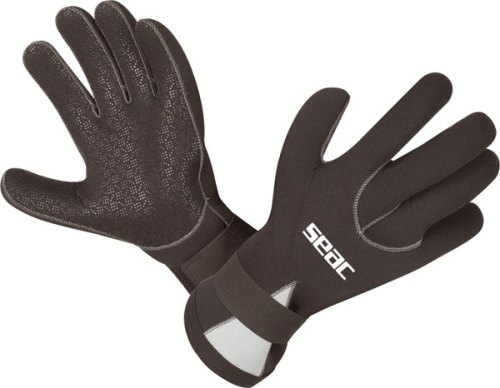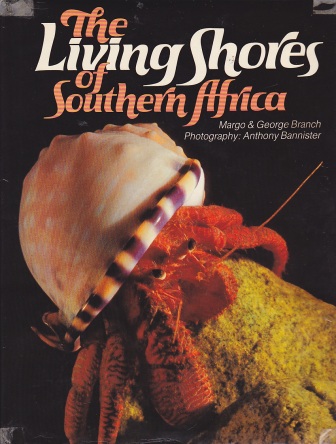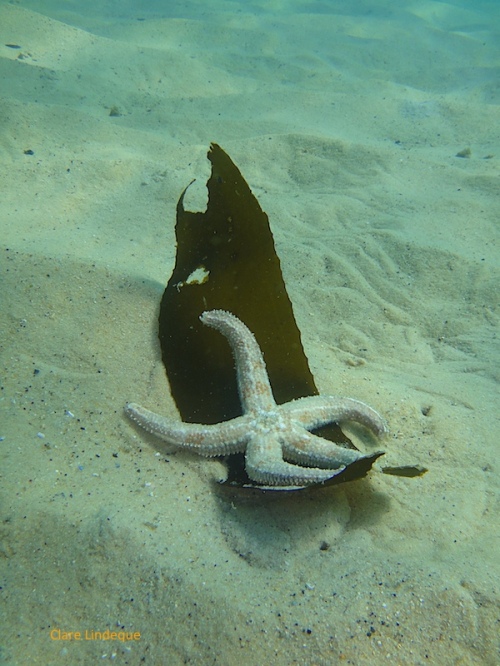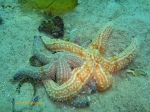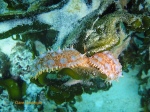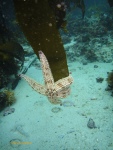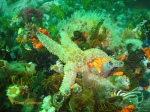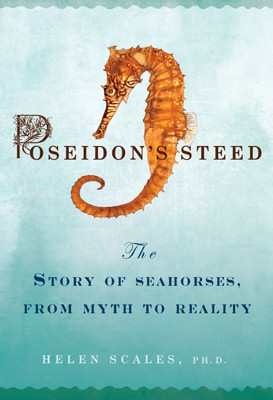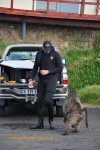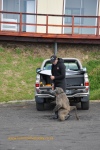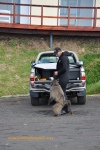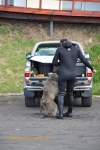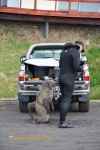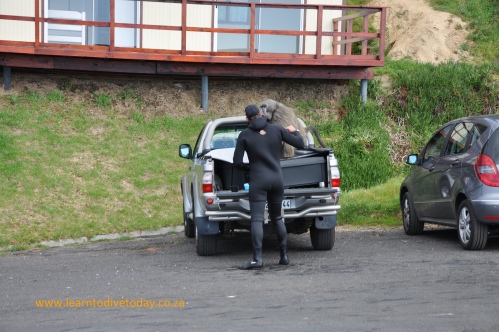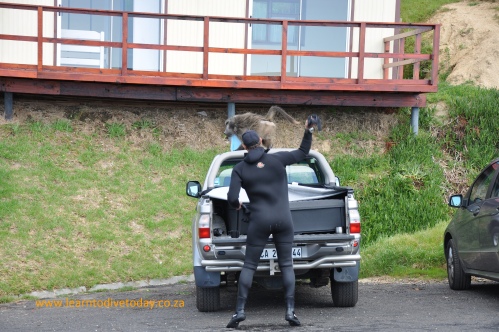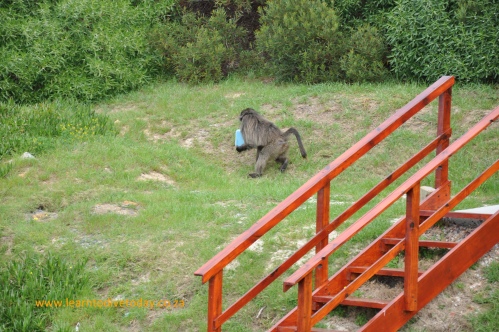I’ve been using the Suunto D6 dive computer for about eight months now, having finally got my grubby paws on it just after returning from our last trip to Sodwana. I think it’s about time I write a little review of it, because Suunto have just released the D6i and before you know it my computer will be a museum relic.
Specifications and appearance
The D6 is near the upper end of the range of Suunto dive computers – the model I have will now set you back in the region of R10,000 and there are several cheaper but no less effective offerings. The USB interface cable that will enable your dive computer to talk to your computer will set you back up to a further R1,500 – although this item is frequently advertised on special by Suunto stockists and occasionally as a special bundled with the dive computer, so keep your eyes open. It’s far more usual, however, to have to buy this innocuous-looking cable separately, and gasp at the price.
You can choose an elastomer strap or a metal strap (for about R2,000 more). Although the metal strap looks really cool, it’s not really practical if you dive in varying water temperatures and change the amount of neoprene on your wrist frequently. The computer functions as a dress watch if you want to use it as one – it displays the time constantly when not in dive or memory mode – but it weighs more than a slab of chocolate (130g) and is far too large for the average lady’s wrist, so I don’t use it for this purpose except when travelling (to deny the baggage handlers at OR Tambo Airport the privilege of stealing it).
The computer has a four button interface that I find very intuitive, and I could figure it out to a large degree without reading the manual. That said, if you buy a dive computer, YOU MUST READ THE MANUAL! Don’t be a fool – you want to know EXACTLY why the thing is beeping at you, what it looks like when you go into deco, and be very sure (as one clown – who was buddied with us once because he didn’t know anyone on the boat – wasn’t) whether the “3” you see on the screen indicates a time in minutes, your current depth, or the number of brain cells you have. Read the manual!
Air integration and the D6i
The D6 has actually been replaced by the D6i, which is functionally identical but has more internal memory, and is capable of air integration with an optional (heart-stoppingly expensive) dongle that you attach to your cylinder and reads remaining air. The computer will then give you an estimate of remaing dive time based on air consumption to date. I have no interest in this (at the time I bought the D6, air integration was the main distinguishing feature from the D9) – I’d use a pressure gauge regardless, and wouldn’t feel comfortable trusting what I see as an physical, analogue process (displaying the air remaining in my cylinder) to a potentially failure-prone piece of electronics.
I know I may sound like a luddite here, but an experience Tony had on the boat a few months ago confirmed my reservations. Another instructor’s student had an air integrated computer and no pressure gauge (why bother with redundancy?). The air integration with the computer wouldn’t work, but they only discovered this on the boat when they were parked over the dive site, and – after toying with the idea of cancelling the dive, and then swapping kit so the instructor, who should have an excellent feel for his air consumption, had the set up with no pressure gauge – did a very short dive. As a mathematician I can see that having snapshots of your remaining air at 20 second intervals to look at in the dive manager software might be appealing though…
Decompression algorithm
The D6 uses the Suunto Deep Stop RGBM (Reduced Gradient Bubble Model), and allows for continuous decompression as you ascend (instead of forcing you to do stops at particular depths). It also allows you to complete your safety stops at depth – something I haven’t experimented with much, but will be using next time we dive the Lusitania. The computer recommends a safety stop once you exceed 10 metres on a dive, and if you violate the recommended ascent rate it will advise a mandatory safety stop between 3 and 6 metres. I tried to photograph the D6 during a dive where I’d switched on deep stops, but there was a 20 metre layer of green plankton blocking out the light from above, and my flash kept reflecting off the screen protector. Hence the dubious results you see here. I have 28 minutes of no-decompression time remaining, dive time is 11 minutes, depth is 20.9 metres, and my first deep stop will be at 13 metres. Maximum depth (bottom left) so far has been 23.8 metres.
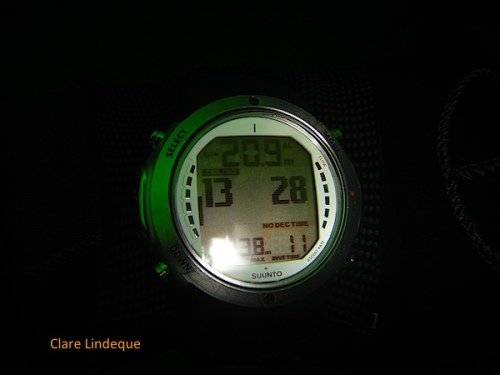
Suunto D6 during a dive - first deep stop is due at 13 metres
You’re most likely aware of this, but a dive computer does not measure anything that is going on in your body with respect to dissolved gases. Dive computers use mathematical models – based on the original dive tables, only more sophisticated – that approximate, for the average person, how much nitrogen has gone into solution in the body’s tissues, and how fast it is being released, based on your dive profile. They measure depth temperature, and time, that’s all. For this reason many dive computers, including the D6, have an option for you to set a more conservative calculation algorithm if you’re at higher risk of DCS – for reasons of increased age, high body fat percentage, or any of the other DCS-predisposing risk factors. You can also adjust the partial pressure settings up and down if you so desire, but anything higher than 1.4 bar (ata) strikes me as reckless.
Nitrox and no-fly time
It goes without saying that the D6 is Nitrox capable, and it’s very straightforward to set the Nitrox mix. After one dive on Nitrox, the option to do a repetitive air dive disappears, and you have to manually set the oxygen percentage of your mix back down to 21%. I think this is to force you to think about what gas is in your cylinder. The D6 also handles switching to a richer mix for decompression, and this optional second mix may be set through the same menu system as the primary nitrox mix.
The D6, again like most dive computers, gives a no-fly time after you’re done with diving for the day. This time is usually well under 18 hours, but you’d do well to follow DAN guidelines for flying after diving (usually 18 hours after your last dive) and not bank on the reading given by your computer. Do not be like Gerard, who shall remain nameless, and mistake the time display on your computer for the no-fly time. After a dive on the Aster that ended at about 3.30pm, he announced that his no-fly time was “fifteen hours and twenty nine minutes.” A few minutes later, to his puzzlement, it was “fifteen hours and thirty four minutes!”
Dive Manager software
The Suunto dive manager software, that allows you to examine the details of your dives on your computer screen at home, is not compatible with Apple Macs, so I had to find another solution. I’ll review the software I do use, MacDive, in a separate post. Apparently from “fall 2011”, whenever that rolls (rolled) around, the Suunto software – DM4 – will also be compatible with Apple computers. I’ll test it when I get a chance, and let you know what it’s like… As is apparently wildly popular these days, one can also share one’s sporting activities on the Suunto Movescount site via an automatic link-up from within the software interface. And, no doubt, publish them to facebook.
Electronic compass
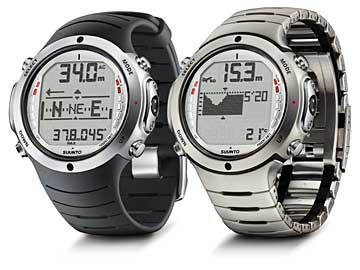
Suunto D6 with elastomer strap (right) and titanium strap (left)
One of the major appeals for me of the D6 – and I think the feature that bumps its price up so much higher than the D4 – was the integrated electronic compass, which can be accessed at (almost) any time by holding down the top left (Select) button. In the picture at right, the D6 with the elastomer strap is on the compass display (the one on the right is in the memory log display mode which can’t be accessed during a dive). If you’re not on a dive when you use the compass, obviously the depth and dive time won’t show.
The D6i has updated the compass to allow accurate readings when your wrist is tilted; the old D6 (the one I have) is not as tolerant and you’ll need to keep your arm level as with a standard dive compass. Unfortunately the D6 doesn’t record the compass heading along with the temperature, depth and other dive statistics during the dive – or, if it does, the download software I use doesn’t access it. I suspect the former is true, since I installed Suunto’s own dive manager software on Tony’s PC to check, and there was no sign of compass headings. Boo.
What’s in the box
In the box was the computer, a spare strap, the instruction manual, a disc with the Windows-compatible dive manager software on it, and two or three scratch guards which are trimmed to fit the D6’s screen. I’ve done close to 70 dives with my D6 so far, and the scratch guard is scratched and still doing its job well. Tony’s computer, the Mares Nemo Wide, is protected with some cheap cellphone screen protectors we got from Look ‘n Listen. You can buy a generic size, and then trim it down to fit your phone (or dive computer, as the case may be). We didn’t expect this makeshift scratch guard – which is NOT designed for regular immersion in salt water – to last beyond five or ten dives, but over 100 dives and it’s going strong. I think I paid R60 for the pack of screen protector stickers, and we’ll get nine Nemo Wide-sized ones out of the package.
Buying it
Continuing with the subject of good value, one more tip for the bargain hunters. I actually bought my D6 from Cape Union Mart. They stock Suunto sports watches, and were able to order me a D6 from Suunto in Finland. I had to wait six weeks for it to arrive, and it cost R8,700. What made the deal very sweet was that by buying it on my Discovery Card which gives me a 20% discount at Cape Union Mart (thanks to my years in the Vitality program and points status), the computer ended up costing just under R7,000. I paid a further R1,200 for the download cable (I got that at a dive centre). If you have a few weeks before you need the computer, or are prepared to wait in exchange for some savings, it’s worth getting a quote from Cape Union Mart as to what they’ll charge you. If you’ve got a Discovery Card it’s a no-brainer. Email them via the website for a quotation, and they’ll tell you to print that and take it to your nearest Cape Union Mart to place the order. I had to pay a 50% deposit.
Maintaining it
Finally – if you have a dive computer and live in Cape Town, take it to Orca in Claremont to get the battery changed when necessary, and ask for Chris the “worship manager” (that’s autocorrect gone wild on “workshop manager”) to do it for you. Tony’s students have had baaaaad experiences (a hair across the seal, anyone?!) at other locations. There’s usually not much you can do if the service centre doesn’t seal the computer properly and it floods – your only recourse will possibly be to your insurance company.


